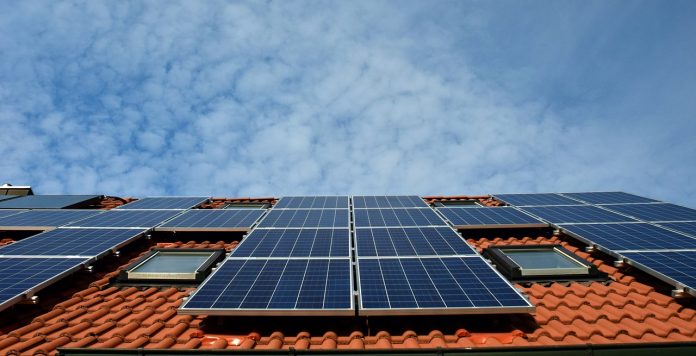So, you’ve been contacted by a solar developer about potentially leasing your land. Or maybe you’ve heard about solar leasing opportunities and want to see if your farm might be a good fit.
Here are some things you need to know:
• Solar leases tend to be clustered around electrical substations and high transmission lines. So, unlike gas leasing, it won’t be an opportunity extended to every landowner in a large area.
“The radius is typically about a 2-mile radius around electrical substations,” said Tom Murphy, director of Pennsylvania State University Marcellus Center for Outreach and Research.
Another thing developers look for is the site’s global horizontal irradiance, or how much energy could be produced from the sun in a given spot. That information can be found at the National Renewable Energy Laboratory website at nrel.gov.
• Leasing your land for a solar development doesn’t mean it’s taken completely out of commission for agricultural uses. Agrivoltaics is the combination of solar photovoltaic systems and agriculture. But you may have to change what you were doing on the land to work around the infrastructure that is put in place. Grazing sheep or raising honey bees are some ways people combine the two, but there is research going on currently on raising crops or making hay.
Agrivoltaics work best if they’re planned out ahead of time, said Sharon Pillar, executive director of the Pennsylvania Solar Center. Fencing, spacing of panels, the height of panels above the ground can be planned out, to an extent, to work with whatever agricultural use.
• Landowners or farmers need to make sure the lease protects their land throughout the process. For example, leases should put a security bond in place that will pay for the costs of removing the system at the end of the lease.
“They do a good job of describing what they’ll do in the decommissioning process,” said Eric Romich, an energy development field specialist with Ohio State University Extension. “But they stop short of how they’ll do it or to what standards they’ll do it.”
If the lease says they’ll take everything out and return the site to its predevelopment state, what does that mean? The company will take out all the posts, racking system and panels, but will it compact the soil in the process?
The same goes for the installation process. The construction workers are probably not thinking much about how the heavy equipment they are operating impacts the soil, water runoff and the land’s future productivity.
• The process usually takes place in two parts. There may be an option to lease and then the actual lease itself. The option is a way a company reserves the right to use the land. They might be waiting on state approval or a change in municipal regulations to go ahead with the project. Oftentimes by signing the option, you are giving the company the right to executive the lease, Murphy said.
• Get an attorney familiar with energy leases. You can figure out a lot on your own, especially with help from Ohio State Extension and Penn State Extension resources. But to truly protect your land, your family, your farm’s legacy, get an attorney who is going to advocate and work for you.
• For more information and resources on solar leasing and solar developments:
Pennsylvania State University: marcellus.psu.edu
Ohio State University: energizeohio.osu.edu










